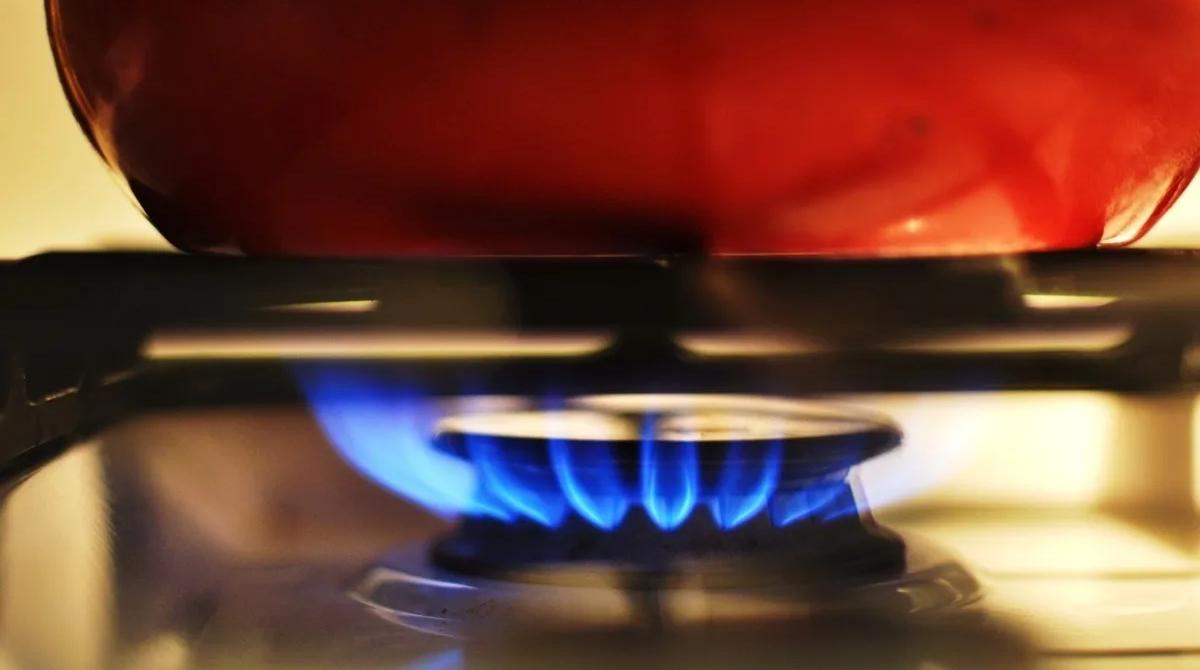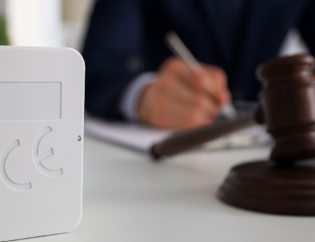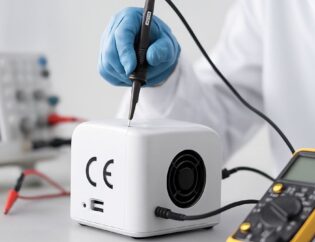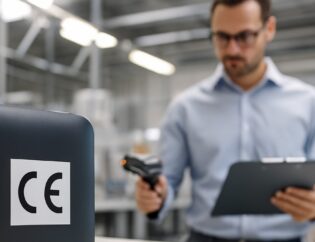
CE Certification for Gas-Fired Appliances: Regulation 2016/426/EU
Gas-fired appliances are classified in a high-risk group from a safety perspective, and therefore, are regulated under specific provisions by the European Union. The 2016/426/EU Gas Appliances Regulation (GAR) mandates that these products must bear the CE mark and meet the required safety standards.
Products Covered by the Gas Appliances Regulation (GAR)
The 2016/426/EU Regulation covers all gas-fired appliances used for cooking, heating, hot water production, cooling, lighting, and washing. It also includes the connection parts that ensure the safe operation of these devices.
Examples of products covered by this regulation include:
- Boilers and water heaters
- Gas cookers and ovens
- Gas heaters and fireplaces
- Industrial gas appliances
- Gas barbecues and camping stoves
- Gas valves, regulators, and safety accessories
Note: Electric heaters or devices powered by biofuels are not covered by this regulation.
CE Marking Process
The CE certification process for gas-fired appliances generally follows these steps:
- Scope Determination
Evaluate whether the product falls under the 2016/426/EU Regulation. - Basic Safety Requirements
Ensure that the product complies with safety requirements such as combustion safety, prevention of gas leaks, emission limits, and user safety. - Testing
Perform tests to measure combustion efficiency, gas leakage, sealing, emission levels, and mechanical safety. - Notified Body Involvement
For conformity assessment, the product must be tested by an authorized Notified Body (Module B, C2, D, E). - Preparation of Technical Documentation
Prepare documentation that includes test reports, risk analysis, user instructions, and manufacturing details. - EU Declaration of Conformity and CE Marking
The manufacturer declares that the product complies with EU requirements and affixes the CE mark to the product.
CE Certification
The CE mark is a legal requirement for gas-fired appliances to be freely marketed in the European Union. Conformity assessments conducted under the 2016/426/EU Regulation demonstrate that the product meets safety criteria.









